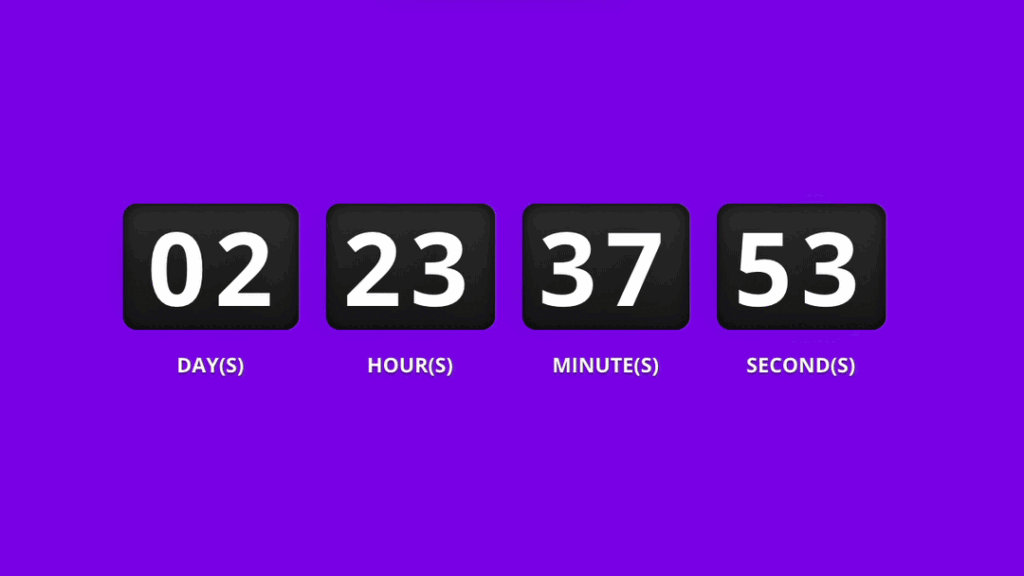Python Projects for Beginners: Get Started with These 10 Fun Ideas
Python Projects for Beginners: Get Started with These 10 Fun Ideas
Presently, Python is the most generally involved programming language in the tech environment
Python is one of the most famous programming dialects in the cutting edge software engineering space. The elements of this programming language have ended up being a proceeding with pattern in 2022 and specialists anticipate that this will go further and then some. The interest for embracing Python for IT designs is step by step expanding because of its very amateur well-disposed nature and utility for creating different tech applications. Numerous specialists and programming wannabes are evaluating various ways of squeezing into the tech business by using their Python abilities to the fullest in projects, volunteer projects, and entry level positions. This project-based learning framework can help experts, particularly, fledglings work on their insight about the most recent innovative turns of events and adjust to them. In this article, we have recorded the top Python projects thoughts that novices or even beginners can give a shot in 2022.
1. Email Slicer
Email Slicer is a Python program that takes an email address as input and slices it into two parts: the username and domain name. It can be useful for various applications such as data analysis, marketing campaigns, and personalized email templates. Here’s an example of how the program works:
Enter your email address: forexample@gmail.com
Username: forexample
Domain: gmail.comThe program first prompts the user to enter their email address. It then uses string manipulation to extract the username and domain name from the email address. Finally, it prints out the results to the console.
With the sliced username and domain name, you can perform various operations such as checking if the email is from a valid domain or using the username to personalize an email template. The program can also be expanded to include additional functionalities such as validating email addresses and storing the sliced information in a database.

2. Mad Libs Generator
A Mad Libs Generator is a Python program that allows users to create humorous stories by inserting random words into a pre-written template. The program prompts users to enter specific types of words, such as nouns, verbs, adjectives, and adverbs, and then inserts those words into the story in a way that creates a funny and often nonsensical tale. Here’s an example of how the program works:
Enter a noun: pizza
Enter a verb: dance
Enter an adjective: blue
Enter an adverb: quickly
Here's your story:
Once upon a time, there was a pizza who loved to dance. He was always the life of the party with his blue moves, and everyone loved to watch him quickly spin around the room. One day, he decided to enter a dance competition, and he won first place! From then on, he was known as the best pizza dancer in the land.The program uses string formatting and input functions to create a story with the user’s chosen words. The result is often a funny and absurd story that can be shared with friends or used for entertainment purposes. The program can be expanded to include more story templates, different parts of speech, and even the ability to save and share generated stories.
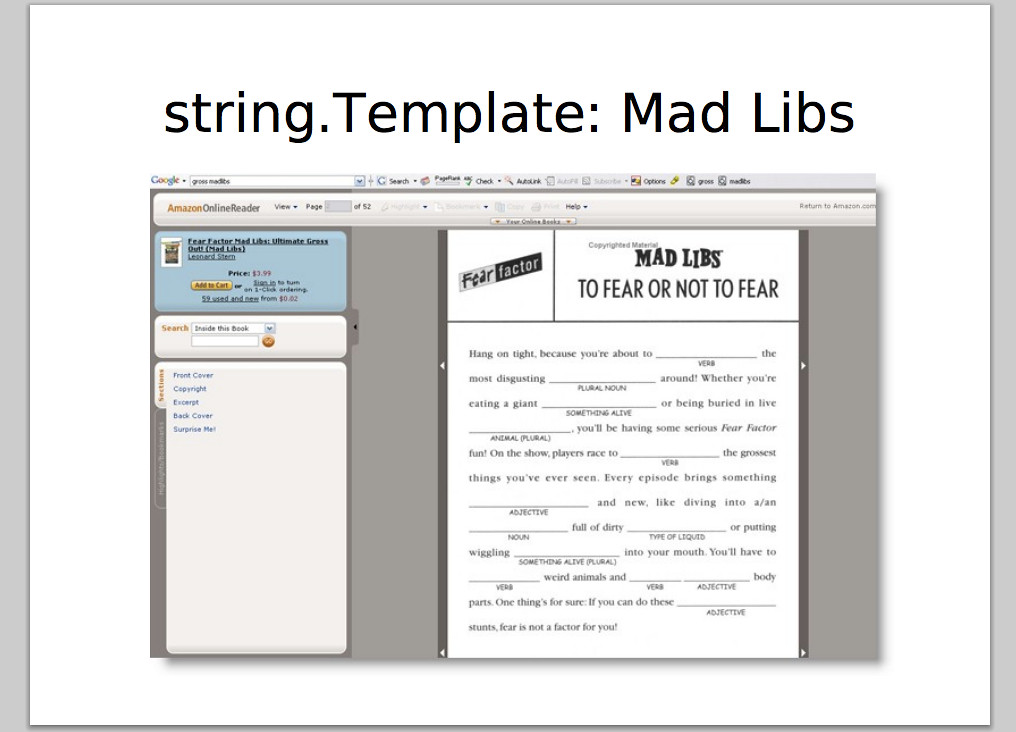
3. Hangman Game
A Hangman Game is a Python program that allows users to play the classic guessing game of Hangman. The program generates a random word from a pre-defined list of words and prompts the user to guess one letter at a time. If the guessed letter is present in the word, the program reveals the position(s) of the letter in the word. If the guessed letter is not present in the word, the program draws a part of the hangman figure. The user has a limited number of guesses before the entire hangman is drawn, resulting in the user’s loss. Here’s an example of how the program works:
Welcome to Hangman!
The word has 5 letters.
_ _ _ _ _
Guess a letter: e
_ _ _ _ e
Guess a letter: a
_ a _ _ e
Guess a letter: t
_ a t _ e
Guess a letter: s
_ a t s e
Congratulations! You won!
The program uses string manipulation, loops, and conditional statements to generate the game and keep track of the user’s progress. The program can be expanded to include more words, different difficulty levels, and even a graphical user interface (GUI) for a better user experience.

4. Contact Book
A Contact Book is a Python program that allows users to store and manage their contacts. The program stores contact information such as name, phone number, email address, and any other relevant details. Users can add new contacts, edit existing ones, and search for specific contacts by name or any other search term. Here’s an example of how the program works:
Welcome to the Contact Book!
What would you like to do?
1. Add a new contact
2. Edit an existing contact
3. Search for a contact
4. Exit
Enter your choice: 1
Enter the contact's name: John Doe
Enter the contact's phone number: 123-456-7890
Enter the contact's email address: john.doe@example.com
Contact added successfully!
What would you like to do?
1. Add a new contact
2. Edit an existing contact
3. Search for a contact
4. Exit
Enter your choice: 3
Enter the search term: john
Search Results:
1. John Doe: 123-456-7890, john.doe@example.com
What would you like to do?
1. Add a new contact
2. Edit an existing contact
3. Search for a contact
4. Exit
Enter your choice: 4
Goodbye!
The program uses dictionaries to store contact information and provides a simple menu-driven interface for users to interact with. The program can be expanded to include additional functionalities such as deleting contacts, sorting contacts by name or any other criteria, and exporting contacts to a file in a specific format such as CSV or JSON.
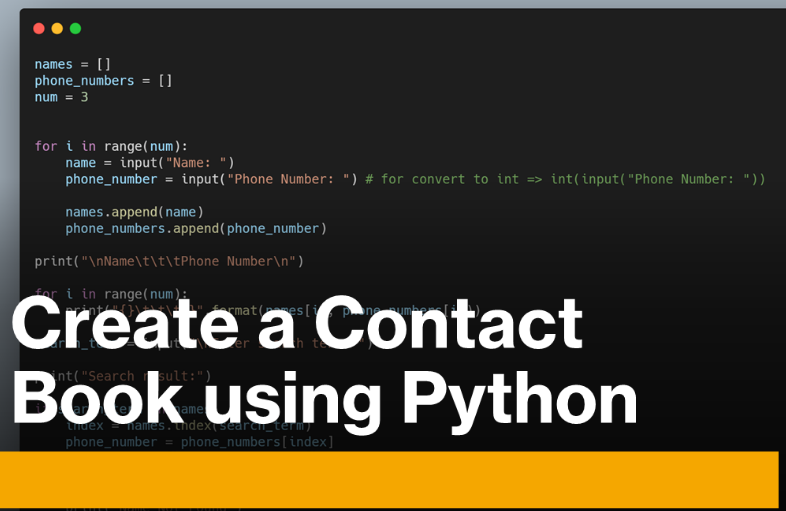
5. Rock Paper Scissors
Rock Paper Scissors is a Python program that allows users to play the popular hand game against the computer. The game involves each player making a hand gesture of rock, paper, or scissors simultaneously. The winner is determined by the following rules: rock beats scissors, scissors beats paper, and paper beats rock. Here’s an example of how the program works:
Welcome to Rock Paper Scissors!
Enter your choice (rock, paper, or scissors): rock
You chose rock.
The computer chose scissors.
You win!
The program uses the random module to generate the computer’s choice and compares it with the user’s choice to determine the winner. The program can be expanded to include additional features such as keeping score, allowing the user to play multiple rounds, and providing a graphical user interface (GUI) for a more engaging experience.
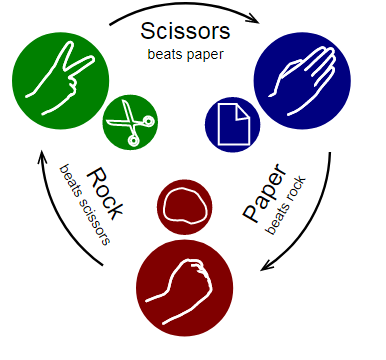
6. Calculator
A Calculator is a Python program that performs basic arithmetic operations such as addition, subtraction, multiplication, and division. The program takes two input values from the user and performs the chosen operation on them, then returns the result. Here’s an example of how the program works:
Welcome to Calculator!
Enter the first number: 5
Enter the second number: 2
Which operation would you like to perform? (+, -, *, /): *
5 * 2 = 10
The program uses basic arithmetic operators and conditional statements to perform the chosen operation and return the result. The program can be expanded to include more complex operations such as exponents, roots, and trigonometric functions. It can also be improved by adding error handling to prevent division by zero or other mathematical errors. A graphical user interface (GUI) can also be added to make the calculator more user-friendly.

7. Tic-Tac-Toe AI Python Project
A Tic-Tac-Toe AI Python Project is a program that allows users to play Tic-Tac-Toe against an artificial intelligence (AI) opponent. The game involves two players, X and O, who take turns marking spaces in a 3×3 grid. The player who succeeds in placing three of their marks in a horizontal, vertical, or diagonal row wins the game. The AI opponent is programmed to make intelligent moves based on the current state of the board and the strategy it has learned. Here’s an example of how the program works:
Welcome to Tic-Tac-Toe!
You are X and the computer is O.
Enter your move as a row,column pair (e.g., 1,2): 1,1
X | |
---+---+---
| O |
---+---+---
| |
The computer's move:
X | |
---+---+---
| O |
---+---+---
| | O
Enter your move as a row,column pair (e.g., 1,2): 2,2
X | |
---+---+---
| O |
---+---+---
| | O
The computer's move:
X | |
---+---+---
| O |
---+---+---
X | | O
Enter your move as a row,column pair (e.g., 1,2): 1,3
X | | X
---+---+---
| O |
---+---+---
X | | O
Congratulations! You won!
The program uses a combination of algorithms such as minimax and alpha-beta pruning to make the AI opponent intelligent and challenging. The program can be expanded to include additional features such as keeping track of scores, allowing players to choose their symbol, and providing a graphical user interface (GUI) for a better user experience.
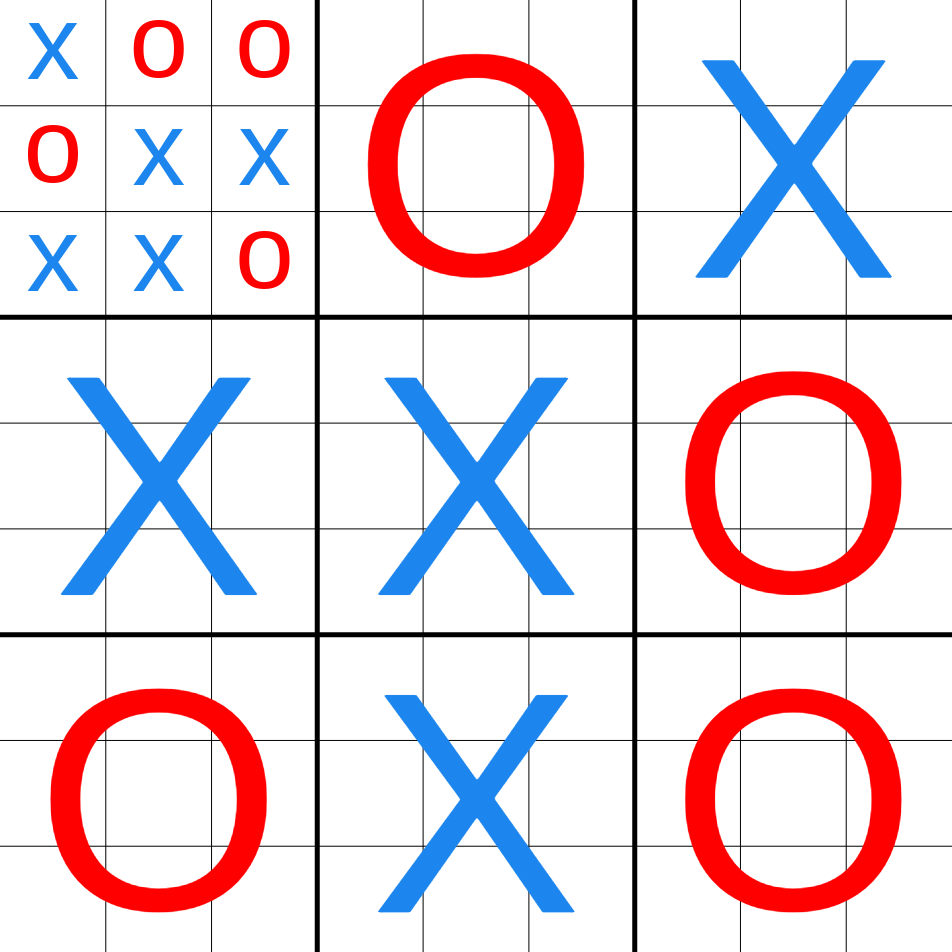
8. Number Guessing
Number Guessing is a Python program that allows users to play a game where they try to guess a randomly generated number within a certain range. The game starts by asking the user to input the range of numbers they want to play with and then generates a random number within that range. The user then has to guess the number by inputting their guess, and the program tells them whether their guess is too high, too low, or correct. Here’s an example of how the program works:
Welcome to Number Guessing!
Enter the range of numbers you want to play with (e.g. 1-100): 1-50
I'm thinking of a number between 1 and 50.
What's your guess? 25
Too high! Guess again.
What's your guess? 12
Too low! Guess again.
What's your guess? 20
Too high! Guess again.
What's your guess? 18
Too low! Guess again.
What's your guess? 19
Congratulations! You guessed the number in 5 tries.
The program uses conditional statements and loops to compare the user’s guess with the generated number and to provide feedback to the user. The program can be expanded to include additional features such as keeping track of the number of tries, setting a time limit for the user to guess the number, and providing a graphical user interface (GUI) for a better user experience.

9. Binary Search
Binary Search is a searching algorithm that allows users to search for a specific element in a sorted array or list. The algorithm works by repeatedly dividing the search interval in half and then comparing the middle element with the target element. If the middle element is equal to the target element, then the search is complete. If the middle element is greater than the target element, then the search continues in the left half of the interval. If the middle element is less than the target element, then the search continues in the right half of the interval. Here’s an example of how the algorithm works:
Let's search for the number 5 in the array [1, 3, 4, 5, 7, 9, 11].
1. Set the lower bound (left) to 0 and the upper bound (right) to 6 (the length of the array - 1).
2. Calculate the middle index (mid) by taking the average of left and right: (0 + 6) / 2 = 3.
3. Compare the middle element (5) with the target element (5). They are equal, so the search is complete.
The number 5 was found at index 3.
The algorithm has a time complexity of O(log n) because it reduces the search interval by half with each iteration. This makes it an efficient searching algorithm for large datasets. The algorithm can be implemented in Python using a recursive or iterative approach. The program can be expanded to include additional features such as handling edge cases and displaying the index of the found element or a message if the element is not found.

10. Countdown Timer
A countdown timer is a Python program that allows users to set a specific time duration and counts down the time remaining. The program can be useful for various applications such as timing events, managing schedules, or tracking work progress. The program works by using the time module to calculate the time difference between the current time and the target time. The program then displays the time remaining in a formatted way using print statements. Here’s an example of how the program works:
Welcome to Countdown Timer!
Enter the duration of the timer (in minutes): 5
Countdown started! 5:00 minutes remaining.
4:30 minutes remaining.
4:00 minutes remaining.
3:30 minutes remaining.
3:00 minutes remaining.
2:30 minutes remaining.
2:00 minutes remaining.
1:30 minutes remaining.
1:00 minutes remaining.
0:30 seconds remaining.
Countdown finished! Time's up!
The program uses loops and conditional statements to update the time remaining and to format the time display. The program can be expanded to include additional features such as handling user input errors, playing a sound when the countdown finishes, and allowing the user to pause or restart the timer. A graphical user interface (GUI) can also be added for a better user experience.
